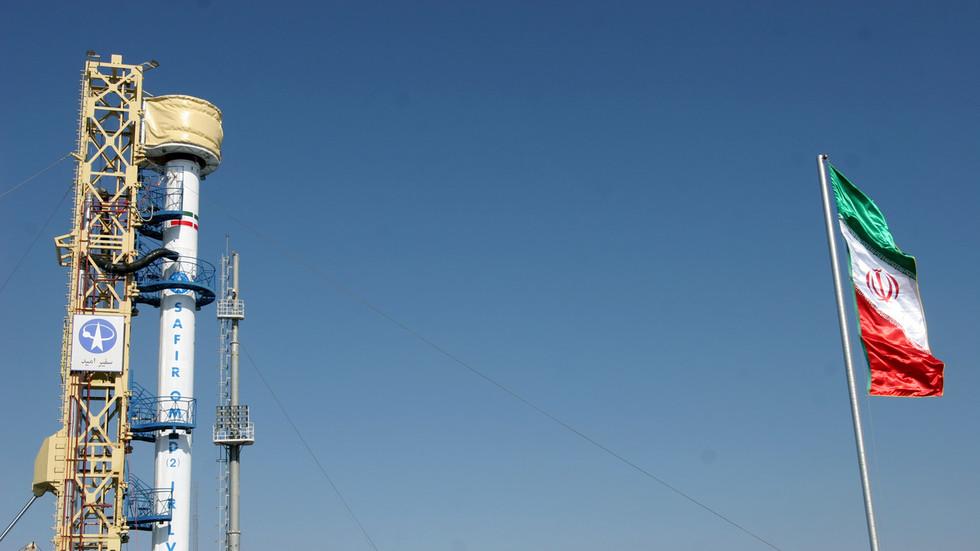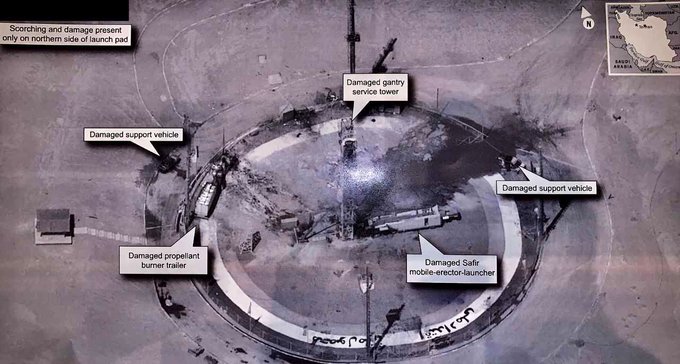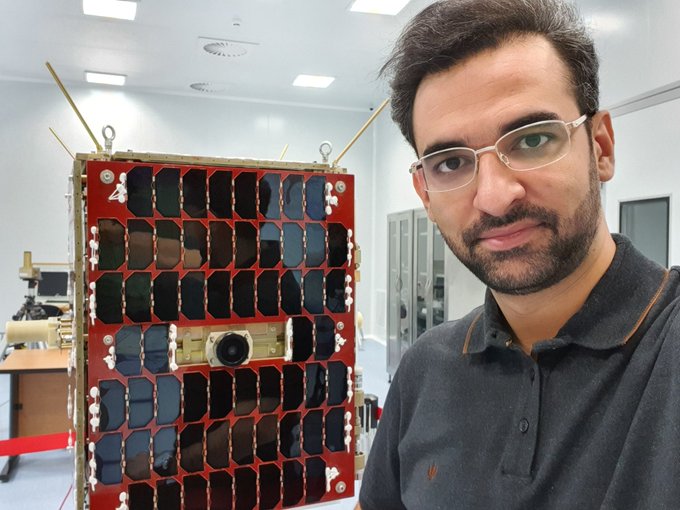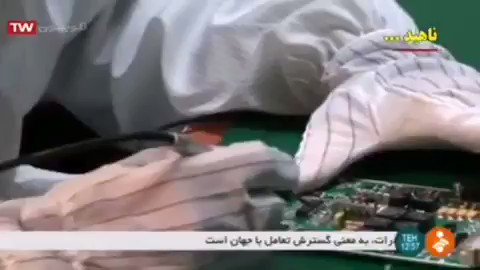President
Donald Trump has released a photograph of an apparently failed
Iranian rocket launch and said the US had nothing to do with it,
prompting concerns he disclosed classified information.
Tehran
has made no official comment on the indications from aerial photos
that a rocket exploded on Thursday on the launch pad at the Semnan
Space Center in northern Iran.
But
on Friday Trump tweeted a high-resolution picture of the location,
with annotations pointing to damaged vehicles and the launch gantry,
saying it involved Iran’s Safir satellite rocket.
The
incident comes after months of tensions between Iran and Washington.
Trump last year unilaterally withdrew from the landmark 2015
international deal that placed limits on Tehran’s nuclear
activities in exchange for the lifting of sanctions, and he reimposed
crippling financial penalties.
Iran
Trolls Trump By
Showing Off 'Undamaged'
Satellite After Explosion
31 August, 2019
Trump's tweet on Friday which trolled Iran's failure-prone space program just after its Safir-1B rocket said to be transporting an Iranian-made satellite into orbit exploded on its launch pad was viewed by many as a tacit admission the US had something to do with it, either through a cyber-hack or other act of sabotage.
The US president uploaded a picture of what many speculate was from a classified intelligence brief, given its high resolution and angle — highly unusual in terms of most known satellite capabilities — suggesting the close-up image could have been from a secret American drone in the area, or a cutting edge spy satellite.
The United States of America was not involved in the catastrophic accident during final launch preparations for the Safir SLV Launch at Semnan Launch Site One in Iran. I wish Iran best wishes and good luck in determining what happened at Site One.
32.5K people are talking about this
But Iranian officials have now shot back at Trump's mockery, with Iranian Information and Communication Technology Minister Mohammad Javad Azari-Jahromi tweeting an image of his own, which appears to show the unscathed and intact Nahid 1 – a solar-powered communications satellite which was supposed to be launched on Thursday's failed rocket.
“Me & Nahid 1 right now. Good Morning Donald Trump!” tweeted the Iranian minister. The uploaded photo is supposedly of the “undamaged” high-tech satellite. Iranian officials had confirmed the failed launch later in the day Thursday, but it was unclear if the satellite had been aboard when the explosion happened.
Prior satellite images showed the aftermath of the explosion at the Imam Khomeini Space Center in Iran's Semnan province, southeast of Iran's capital, as the rocket and satellite were scheduled to launch, which constituted the Islamic Republic's third failed launch this year.
CNN cited a US official familiar with an intelligence assessment of the matter as saying the US believes the accident most likely occurred during fueling operations.
Up close video footage of the Nahid-1 satellite:
رسیدم چابکسر، ادامه سفر فردا در گیلان. گوشی رو چک کردم ودیدم خیلیها جویای احوال ماهوارهی ما شدهاند. ظاهرا اخباری منتشر شده که سومین تلاش برای استقرار ماهواره در مدار ناموفق بوده. راستش ناهید۱ حالش خوبه، الان هم در آزمایشگاه مستقره. خبرنگاران هم میتونن بیان بازدیدش#شفافسازی
643 people are talking about this
Iranian state media had previously described the satellite prepped for launch, the Nahid-1, as a telecommunication satellite which was to conduct a low orbit around the Earth for two-and-a-half months.
Never believe anything in politics until it has been officially denied. twitter.com/realDonaldTrum…
166 people are talking about this
Given the US scrutiny and prior condemnations of Iran's satellite launch and space ambitions, the incident has proven a deep embarrassment for Tehran officials and the fledgling program; however, most countries satellite programs were achieved by lengthy trial and error.

Washington has stood firmly against Iran's space ambitions, claiming the rockets used are in violation of a UN Security Council resolution banning ballistic missiles with nuclear capabilities.










No comments:
Post a Comment
Note: only a member of this blog may post a comment.